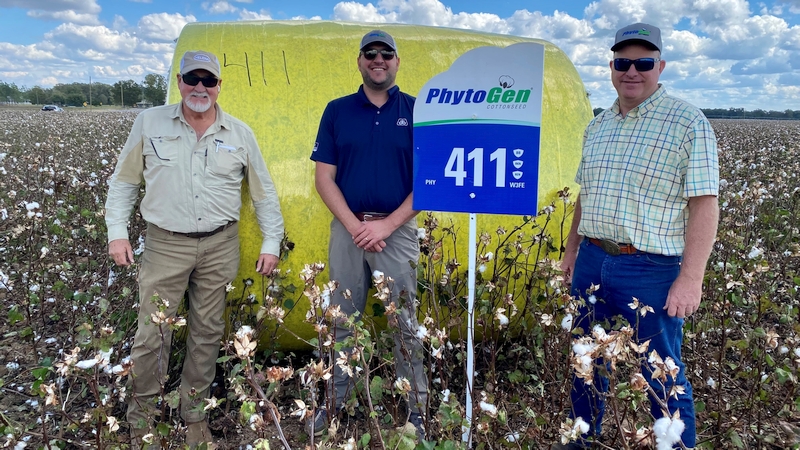Insect & Weed Control: Old Dogs Teach New Tricks
As transgenic traits began appearing on the scene in the 1990s, growers who had used pesticide tank-mixes with various modes-of-action thought they’d found silver bullets for both insect and weed control.
When Roundup Ready varieties were introduced, glyphosate became the most widely used herbicide in the world. Glyphosate revolutionized cotton weed control like no other herbicide. But we soon learned the hard way that too much reliance on a single mode-of-action can cause resistance. Glyphosate resistance showed up first in marestail, but just as the alarm button was being pushed, glyphosate-resistant Palmer amaranth blew the doors off.
Proven Legacy Product residual and contact herbicides are standard recommendations in weed resistance management programs.
Bollgard and WideStrike brought ultramodern weapons to the insect control fight. Although Bt technology changed the scope of insect control much for the better, a downside was that the economically destructive insect pest spectrum changed right along with it. With Bt taking care of budworms and bollworms, what we considered secondary pests – stinkbugs and plant bugs, mostly – are now primary pests.
Legacy Product insecticides provide the additional modes-of-action that effective insect control demands.








